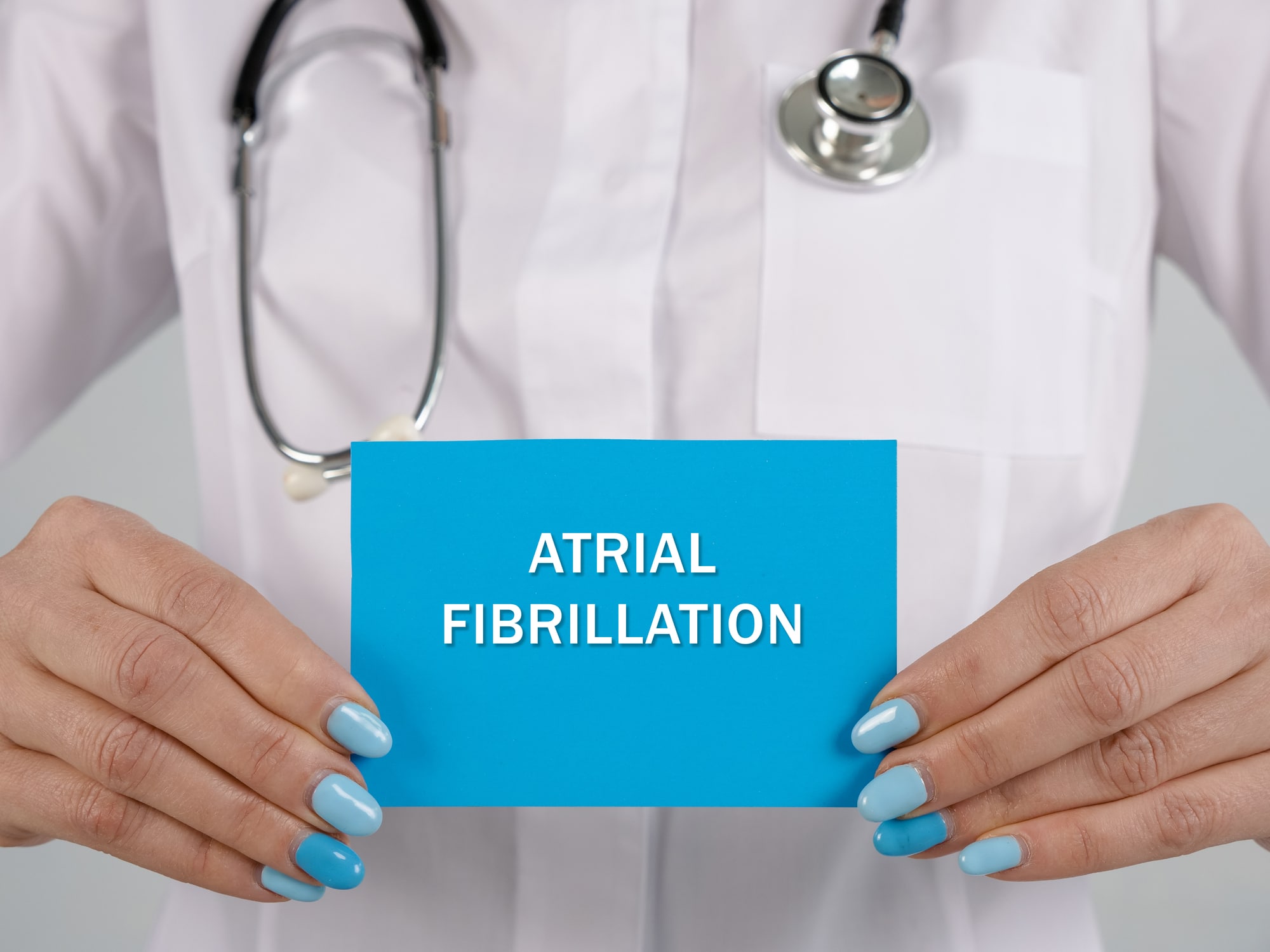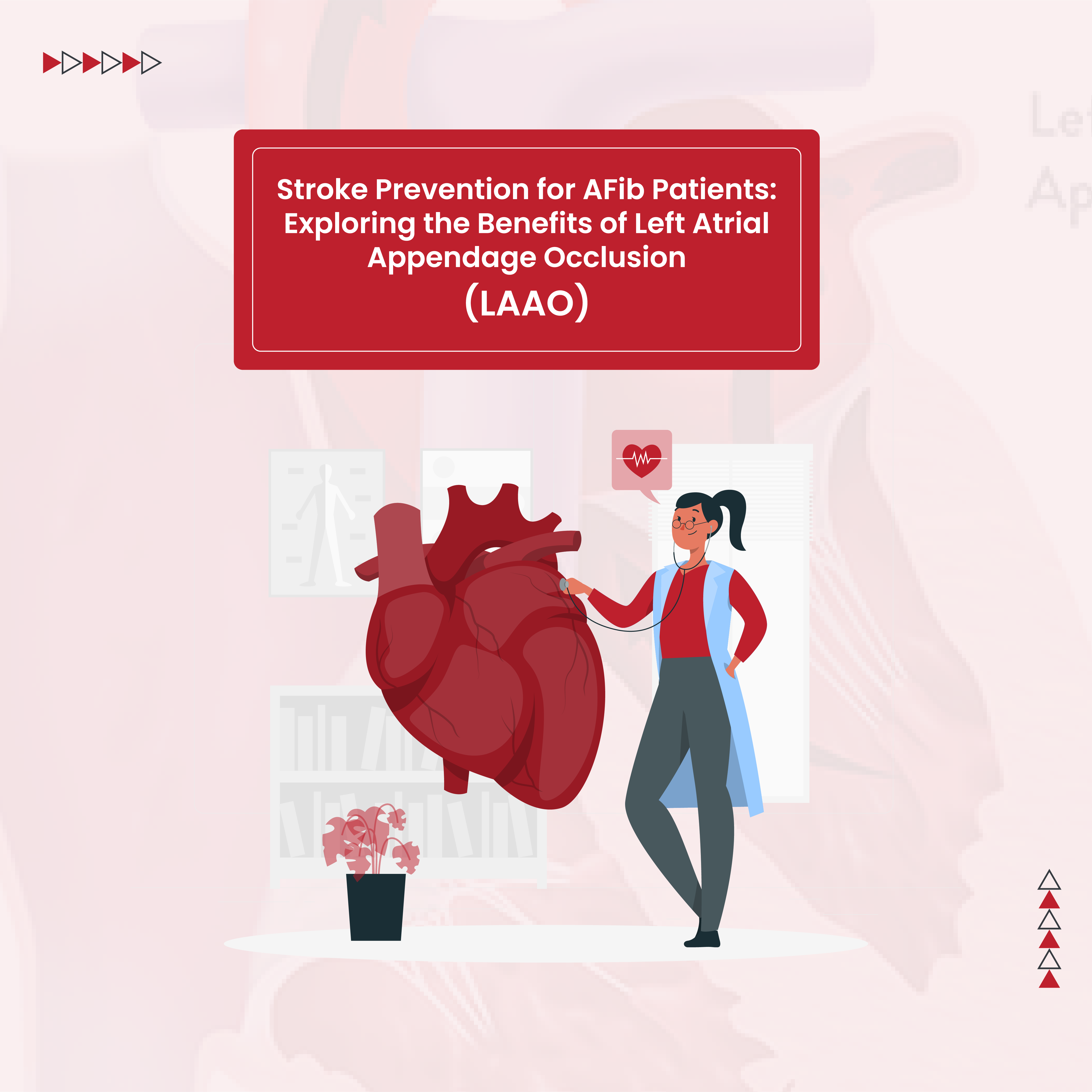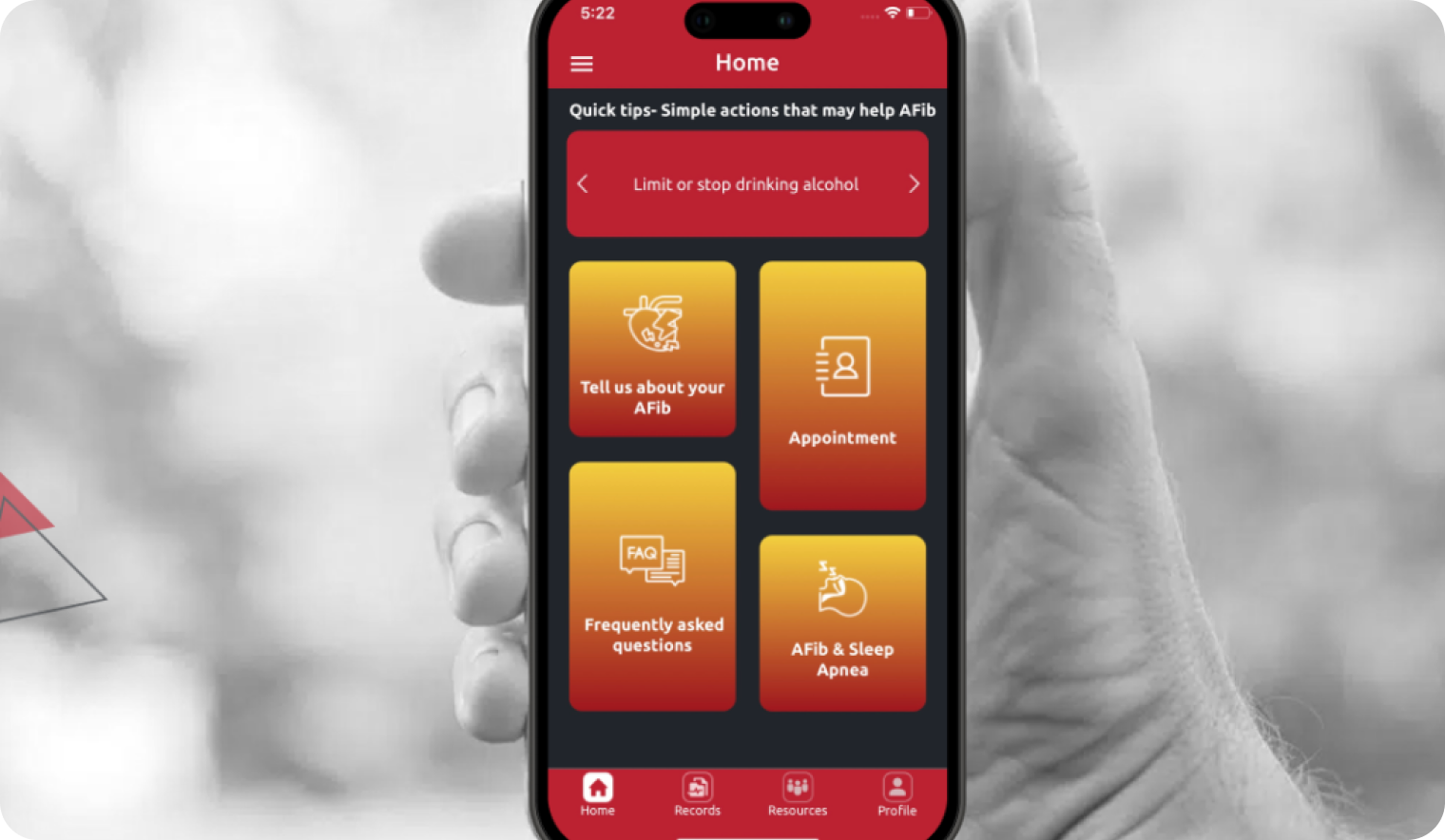Atrial fibrillation (AFib) can have a significant negative impact on quality of life. Not everyone with atrial fibrillation has symptoms but for those who do the symptoms can be very pronounced and can interfere with their ability to do normal daily activities. Many people with AFib symptoms can precisely report AFib episode length and if there is anything that is likely to trigger an AFib attack. Thankfully, atrial fibrillation treatment is usually quite effective at decreasing or eliminating AFib episodes.
What is an Afib Episode?
An atrial fibrillation episode occurs when chaotic electrical impulses in the upper chambers of the heart (atria) override the heart’s internal pacemaker and cause an erratic, often fast, heart rhythm. There are different kinds of atrial fibrillation. These are generally defined by AFib episode length and include:
- Paroxysmal. Atrial fibrillation that comes and goes with episodes lasting for less than 7 days. Paroxysmal AFib may terminate on its own and sometimes episodes last for only a few minutes. When self conversion does not occur, AFib treatment with medications or electrical cardioversion is necessary to revert the heart back to a normal rhythm (normal sinus rhythm).
- Persistent atrial fibrillation. Continuous episode of AFib which lasts for greater than 7 days. Treatment for symptomatic persistent AFib includes medications, cardioversion, or ablation.
- Long-standing persistent. Continuous atrial fibrillation which lasts for longer than 1 year.
- Permanent. Continuous atrial fibrillation in which restoration of normal sinus rhythm is no longer being pursued. Heart rate control and stroke prevention are the primary treatment goals for permanent atrial fibrillation.
How Long Can An Afib Episode Last?
An AFib episode can last for minutes (paroxysmal AFib) or it can persist indefinitely (permanent AFib). Having had atrial fibrillation puts you at a higher risk of having more AFib episodes in the future. This is because atrial fibrillation causes structural changes in the heart which can contribute to the initiation and maintenance of future AFib. Approximately 30% of people with paroxysmal atrial fibrillation go on to develop persistent or permanent AFib.
What Causes Atrial Fibrillation?
There are certain health conditions, lifestyle choices and personal characteristics that put you at higher risk for developing AFib. These include:
- Advancing age. Atrial fibrillation (AFib) is estimated to affect 3% of Americans over the age of 45 and greater than 12% of those older than 75 years.
- Male gender
- Family history of atrial fibrillation. If you have a family member with AFib, you have a 40% increased risk of developing AFib.
- High blood pressure
- Sleep apnea
- Heart failure
- Obesity
- Diabetes
- Heart disease
- Chronic diseases like lung disease and chronic kidney disease
- Overactive thyroid
- Excess alcohol intake
- Smoking
- Viral infection or serious illness like pneumonia
Sometimes a person has a number of risk factors for atrial fibrillation but does not develop atrial fibrillation until there is an additional trigger like dehydration, high altitude, low blood oxygen levels, illness, or excessive exercise. On rare occasions, triggers like these can cause an episode of AFib in a person without any risk factors. This is called lone AFib.
What Are the Symptoms of an Atrial fibrillation Episode?
There are a variety of symptoms associated with atrial fibrillation. Some people have no AFib symptoms and are unaware they have an abnormal heart rhythm until it is diagnosed incidentally or because they have developed an AFib complication like heart failure. Symptom severity ranges from very mild to debilitating. Signs of an AFib attack may include:
- Fatigue, decreased energy or tiredness
- Sensation of heart fluttering, pounding or an irregular heartbeat (palpitations)
- Heart racing or elevated heart rate (tachycardia)
- Decreased exercise capacity
- Shortness of breath or difficulty breathing with activity or at rest
- Chest pain
- Lightheadedness, dizziness or the feeling that you may pass out
If you have atrial fibrillation, it is important to discuss treatment options with your doctor. People with untreated atrial fibrillation have a higher risk of stroke, heart failure and death. Atrial fibrillation treatment is highly individualized and depends on your medical history, symptoms, and lifestyle.
Treatment is important even if you do not have any symptoms with your AFib. If a person is asymptomatic, treatment may focus primarily on controlling the heart rate and stroke prevention. However, rhythm control (i.e. getting out of AFib and restoring normal sinus rhythm) may still be a treatment goal even for people without AFib symptoms.
For example, Paul is a 75 year old male with high blood pressure and sleep apnea. He had a heart attack a few years ago and sees a cardiologist once a year. This year at his annual visit, his cardiologist noticed that Paul had a rapid, irregular pulse and ordered an electrocardiogram (ECG). The ECG showed atrial fibrillation with a heart rate of 120 beats per minute. Paul was very surprised to hear that he was in AFib because he had no symptoms. He was started on medication to lower his heart rate and a blood thinner to decrease his stroke risk. An echocardiogram (ultrasound of the heart) was ordered which showed that his heart function was decreased. He saw his cardiologist a few weeks later and they discussed the different ways to stop Paul’s AFib. The hope was that if Paul was no longer in atrial fibrillation, his heart function would return to normal.
Ultimately, the cardiologist recommended that Paul have an electrical cardioversion to shock his heart back into a normal rhythm. Paul underwent cardioversion and normal sinus rhythm was restored. When he saw his cardiologist in follow up, an ECG showed that his heart was
still in normal sinus rhythm. Paul reported that since the cardioversion he noticed that he had more energy and was able to keep up with his wife again when they went on a walk. He said he thought he had just been slowing down because he was getting old and was happy to be feeling so much more energized. A repeat echocardiogram showed that his heart function had normalized.
To help prevent future episodes of AFib, Paul worked with his cardiologist to learn more about what helps AFib. They worked together to make sure his blood pressure and sleep apnea were well controlled. His cardiologist pointed out to Paul that his weight had been creeping up over the past few years and Paul was now considered obese. Obesity increases the risk of AFib and his cardiologist recommended he make dietary changes and get at least 30 minutes of exercise most days of the week with a goal of losing at least 10% of his body weight.
Atrial fibrillation treatment can be complex and may involve medications, procedures, and lifestyle changes. Working closely with your healthcare team can give you the tools you need to know what to do when you have AFib.
How Can I Lower my Heart Rate with Atrial fibrillation?
A rapid heart rate is a hallmark of atrial fibrillation. It is very common for someone with atrial fibrillation to have an uncontrolled or exaggerated heart rate response to exercise. This can cause a person with AFib to have decreased exercise capacity, fatigue, or shortness of breath with activity which can have a significant negative impact on a person’s quality of life.
In addition to the immediate impact on quality of life, atrial fibrillation with an uncontrolled heart rate can lead to heart failure over time. This is why rate control is one of the primary AFib treatment goals. Rate control is usually achieved with medications like beta-blockers or calcium channel blockers.
If a person has episodes of AFib only very rarely a daily medication may not be needed. Instead, a pill-in-the-pocket approach may be recommended for stopping AFib. In this treatment strategy a person only takes the medication when an AFib attack occurs. A person must have noticeable AFib symptoms for the pill-in-the-pocket approach to be utilized. When this treatment is successful people often report feeling empowered that they know how to deal with their AFib and they like having a medication that only needs to be taken when necessary.
Aside from medications, there are things you can do to lower your heart rate and even decrease the frequency of AFib episodes. These include:
- Regular, moderate-intensity exercise. A study on the effects of fitness on people with atrial fibrillation found that people who engaged in a 12-week cardiac rehabilitation program had lower heart rate, improved exercise capacity and fewer AFib symptoms than study participants who did not complete the program.
- Stress-reduction. Activities like meditation, yoga, Tai chi and Qigong that teach breathing exercises can be helpful for AFib.
- Get tested and treated for sleep apnea. Untreated sleep apnea can cause atrial fibrillation. It can also make atrial fibrillation treatments like medication and ablation less effective.
- Don’t smoke. Smoking increases systemic inflammation and causes lung disease, both of which can contribute to AFib.
- Avoid excess alcohol. If you drink alcohol, limit it to no more than 1 drink per day for women and 2 drinks per day for men.
- Maintain a healthy body weight. Overweight and obesity increase the risk of atrial fibrillation. Studies show that losing at least 10% of your body weight can have a significant impact on AFib.
What to Do During an Afib Attack
If you feel like you are in AFib, stay calm. Atrial fibrillation is not a medical emergency and stress is known to worsen AFib. What to do during an AFib episode may be different depending on your situation.
- AFib in someone with a history of AFib. If you have a known history of AFib and feel like you are in AFib note when the symptoms started, if anything makes them better or worse and make sure you are taking your medications as prescribed. Call your doctor to let them know you think you are in AFib so you can be advised about what to do.
- AFib symptoms in someone without a history of AFib. If you have never been diagnosed with atrial fibrillation and you develop signs of AFib, call your doctor. Symptoms of AFib can be similar to those of a number of other health conditions. Depending on your symptoms you may be told to go to the Emergency Room for further evaluation and treatment. If your symptoms are mild, your doctor may schedule you to be seen in the clinic.
- AFib and Nitroglycerin. Of note, some people with a history of heart disease take nitroglycerin for angina (chest pain). If you take nitroglycerin and have a history of AFib, ask your doctor if you should take nitroglycerin while in AFib. Nitroglycerin lowers blood pressure. Atrial fibrillation causes the heart to work less effectively so a heart that is in AFib may be less able to compensate if the blood pressure suddenly drops due to the nitroglycerin.
- AFib symptoms at night. It is normal for atrial fibrillation symptoms to be more noticeable at night and to feel like your atrial fibrillation is worse when lying down. Some of this has to do with there being fewer distractions at night when your body is preparing for sleep which may make you more likely to notice symptoms during this quiet time of the day. Sometimes people report noticing AFib symptoms more when lying on their left side. This is because the heart is physically closer to the chest wall when you lie on your left side which can make palpitations or an irregular heartbeat more noticeable. In this situation, lying on your right side is often helpful.
Can AFib Be Cured?
There is currently no cure for atrial fibrillation but there are many ways to stop AFib episodes using medications, procedures and lifestyle changes. Previously, atrial fibrillation was poorly understood and often inadequately treated. Today, a person with AFib has a high chance of becoming AFib free when treatments like medications and procedures are combined with a healthy lifestyle and treatment of underlying diseases that contribute to AFib.








